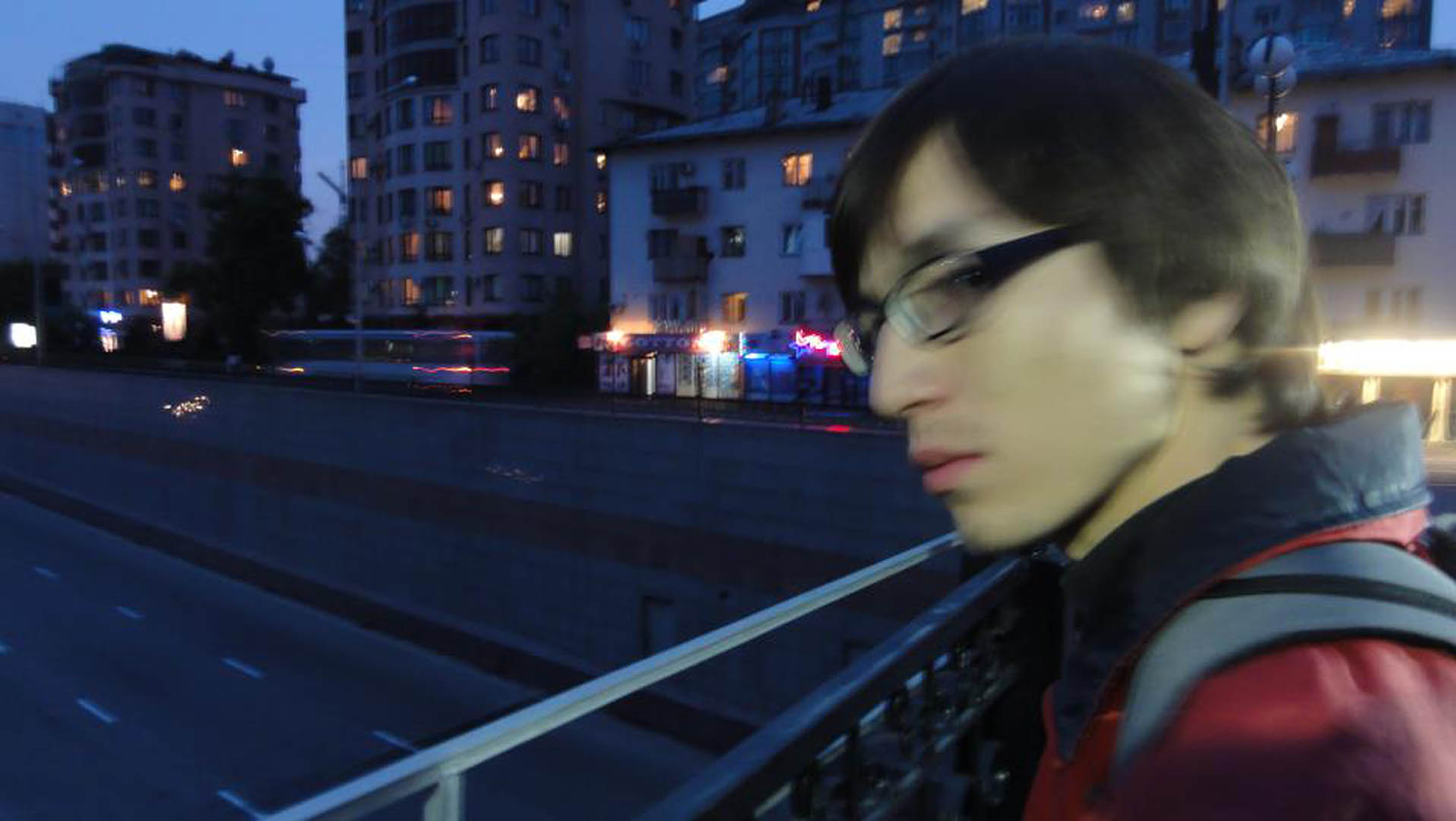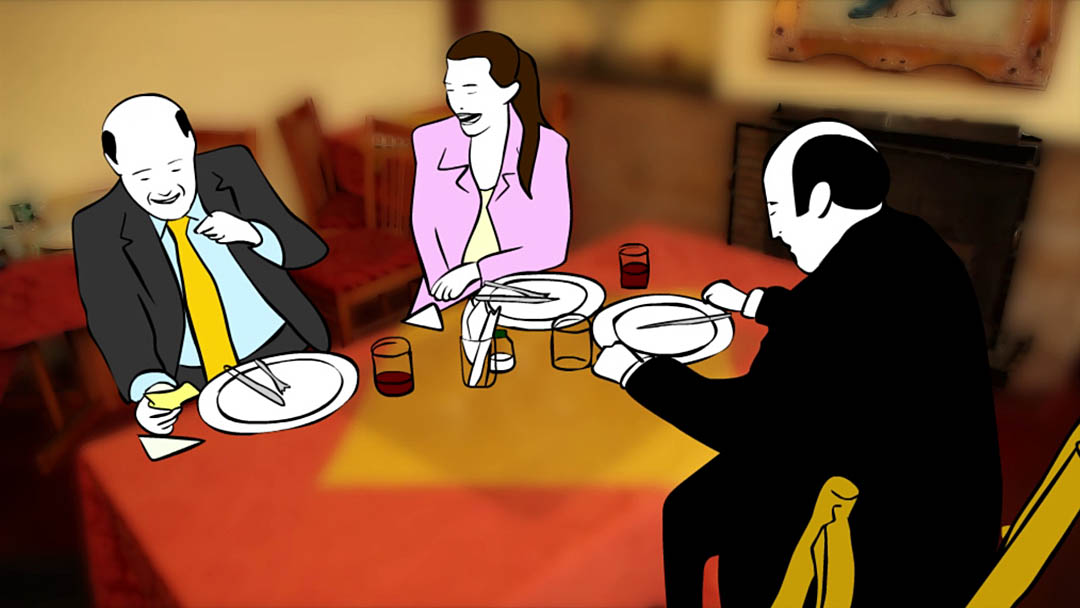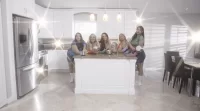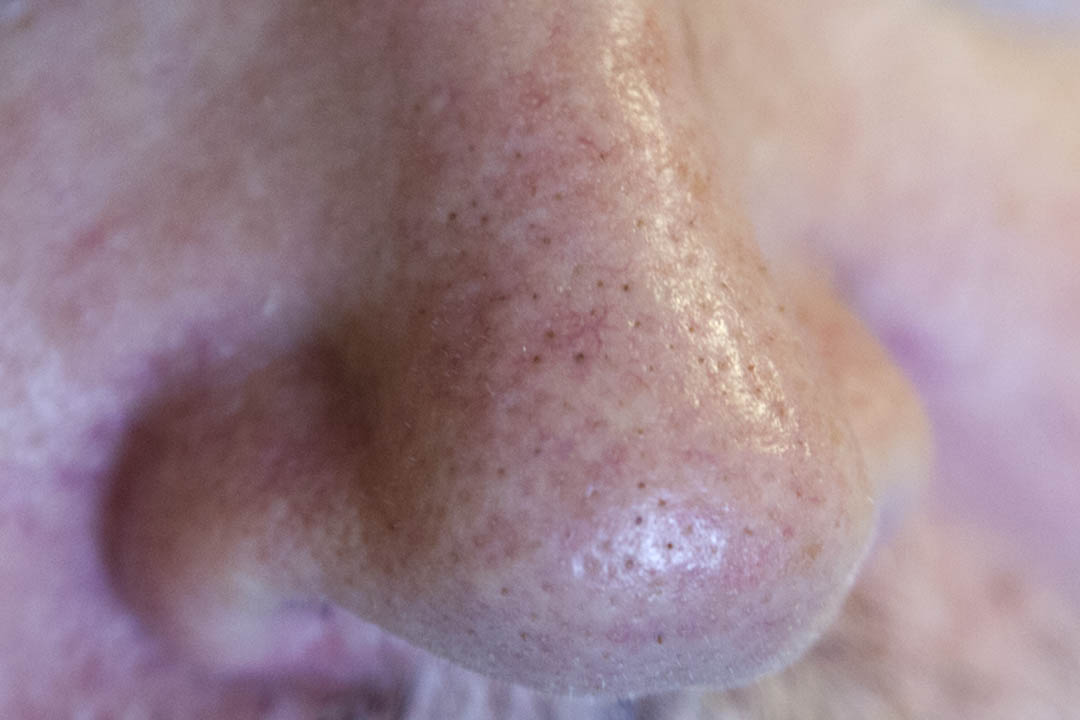
Carrie Cushman joined the college as director of the Bates College Museum of Art in August. She came to Bates from the University of Hartford, where she had been the Edith Dale Monson Gallery director and curator at the university’s Hartford Art School. Cushman has built a career centered on curatorial innovation, scholarly research, and museum leadership. Her appointment represents the first leadership change at the museum since 2010, and as we learned in this conversation with her, Cushman has both big ambitions and a deep belief in the power and significance of a college museum.
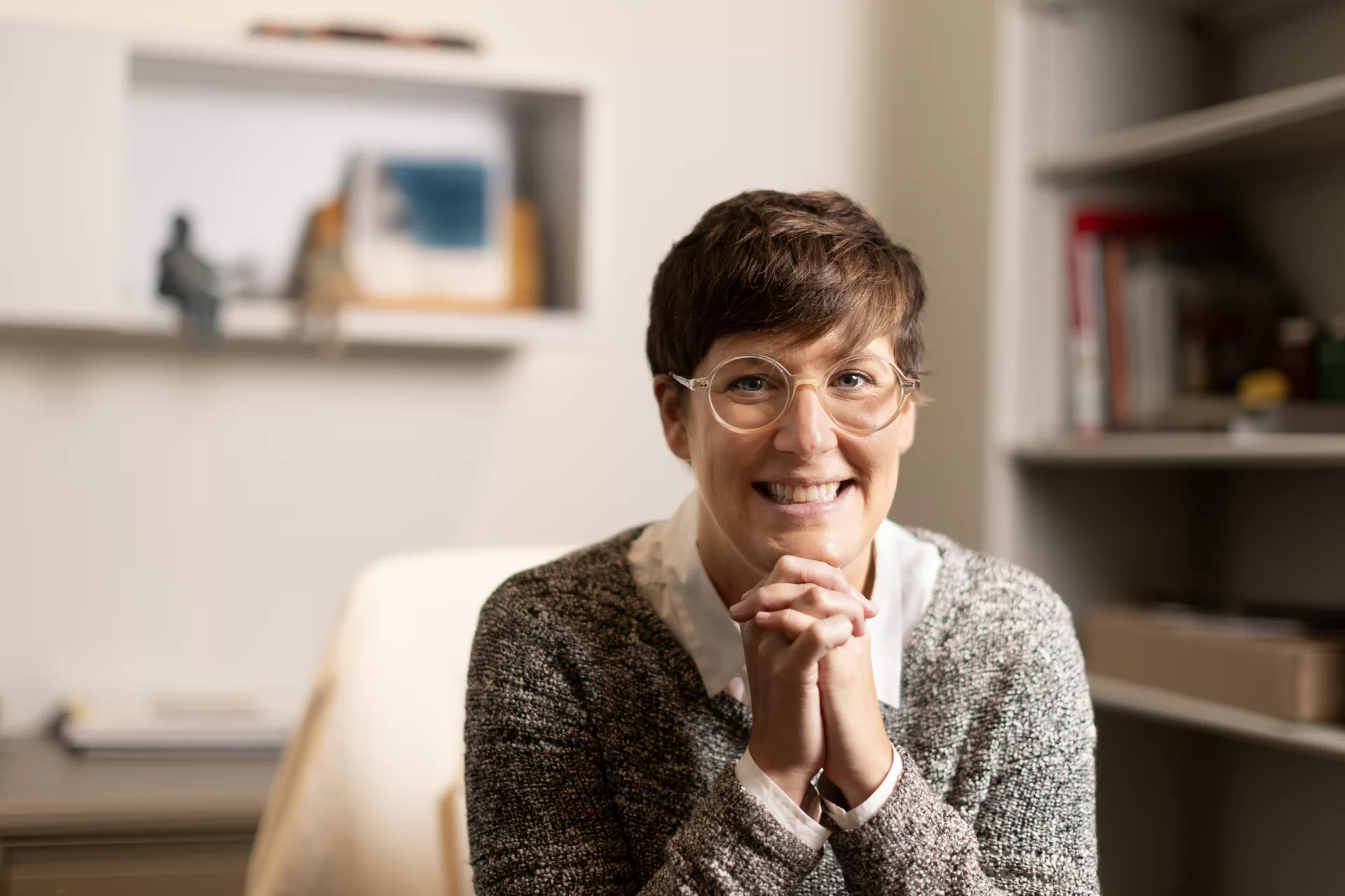
You came to Bates from the University of Hartford, and before that, you were the Linda Wyatt Gruber ’66 Curatorial Fellow in Photography at the Davis Museum at Wellesley College. Can you tell us a little bit about your background and how you came to work in museums?
I fell in love with art history as an undergraduate at Vanderbilt University. It was in Nashville that I also had my first experiences working hands-on with artwork and historical material, first as a curatorial intern at the Frist Art Museum and then as a student worker in Special Collections and University Archives at Vanderbilt. I pursued graduate work in art history with the intention of becoming a curator, but I was lucky enough to be able to teach along the way. Being in the classroom fed my soul, and it was here that I learned that engaging with students is what would give me the energy to sustain a career in the arts. Upon finishing my PhD, I narrowed my job search to academic museums and galleries where we have the best of both worlds — educating through curating.
Can you share your broader thoughts about museums associated with institutions of higher education? What do you think the museum’s role is on a college campus?
Museums have so much to offer college campuses, from curricular support in the form of customized tours and class visits to immersive opportunities like internships. Academic museums are often smaller in scale and regionally focused, making us nimble and responsive to the concerns of our local communities. This also means we can be experimental and take risks that might be difficult at a larger, civic museum.
I also like to think of academic museums and galleries as an accessible gateway to the world of art, which can too often feel intimidating and unwelcoming. By contrast, college and university museums are typically free, offering an open gathering place for the community. Whether you are seeking a rigorous deep-dive into a niche art historical topic or looking for a low-stakes, first-time encounter with contemporary art, we are here to support you.
When and how did you develop your interest in photography?
I came to the history of photography in a roundabout way. In my graduate work, I specialized in East Asian art, particularly modern and contemporary art from Japan. My research interests sat at the intersection of architecture, urban issues, and design, and yet, I kept finding myself writing about representations of architecture and the Japanese cityscape. This eventually led me to focus on the histories of architectural and street photography, as a way to tell the story of the ever-changing landscape of modern Japan. As a photography curator, my purview necessarily had to expand beyond Japan, leading me to projects focused on a range of topics, from 19th-century portrait photography to Cold War-era documentary photography in the U.S.

As you settle in, what do you see as the museum’s biggest strength?
Its people! By this I mean the dedicated and hardworking museum staff, but also the students, faculty, and staff that make up our immediate community. I have spent the past month meeting with people across the campus, and I can sense a deep commitment to the arts here at Bates. It is clear to me that folks want to partner with the museum to grow the presence of art across the campus. I’m thrilled to have this strong foundation of community support and collaboration from which to begin my work here.
You just got here in August, with a major exhibition — Ralph Steadman: And Another Thing, which is up until Oct. 11 — already in full swing, but have you started percolating ideas for future museum exhibitions or projects? Anything you want to share?
With support from the museum staff, we are undertaking a dramatic rethinking of our exhibitions program with the goal of activating our permanent collection holdings. Beginning next academic year, the lower level of the museum will be devoted to rotating annual installations of the permanent collection, highlighting its many strengths, such as the Marsden Hartley Memorial Collection.
The timing of this will coincide with the launch of the Marsden Hartley Legacy Project, a digital resource that brings together the complete collection of paintings and works on paper by Hartley, along with scholarly essays, a timeline, and more. I’m excited to work with our staff to envision what an installation of the permanent collection will look like, and to further engage with faculty on opportunities for teaching with our rich holdings.
Admissions at museums, not just ours, have been down since the pandemic. We can’t blame it on prices, since the Bates College Museum of Art is always free. Do you have any thoughts on ways we reach out to both the campus community and beyond to draw audiences in?
This is a common issue. At my previous institution, I was able to increase visitors numbers annually by an average of 70% through a balance of strategically placed advertising, more interdisciplinary programming, and hands-on outreach with our local constituents. It will take time to figure out what a plan for increasing engagement looks like for Bates. I am consulting with our peer institutions in Maine to find out what is working for them, while also meeting with Bates faculty and staff to learn about their visions for the museum.
I’m hopeful that we’ll be able to broaden our reach, because it’s my belief that the world needs museums now more than ever. We provide opportunities to process complex issues, model civic engagement, and practice belonging — all through encounters with art. And, as you say, it’s free!
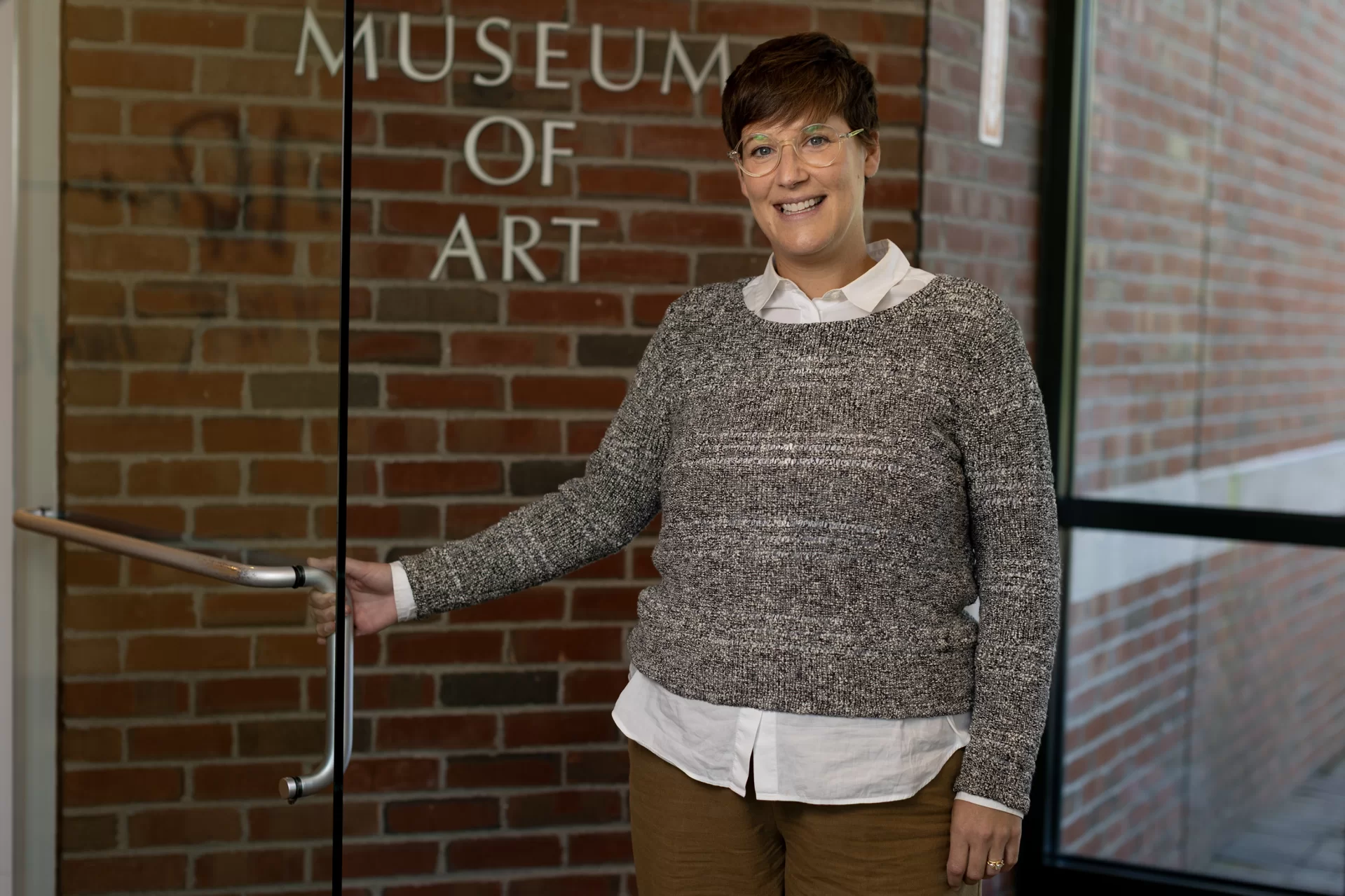
Maine has such a thriving arts community. What are you most excited to experience as a new resident?
I’m particularly excited to engage with the many thriving arts residency programs in Maine. I was lucky enough to be a resident at Surf Point back in 2019, which is when I really fell in love with Maine. Now as a curator and museum director, residencies provide the opportunity to do studio visits with artists who travel here from all over the world. Given time and space to focus on their work, I find that artists are often at their happiest and most inspired when creating in these contexts. It also helps that they’re often in stunning locations! I’m so heartened by the warm welcome I’ve received from the arts community here in Maine, and I look forward to making new connections each and every day.
